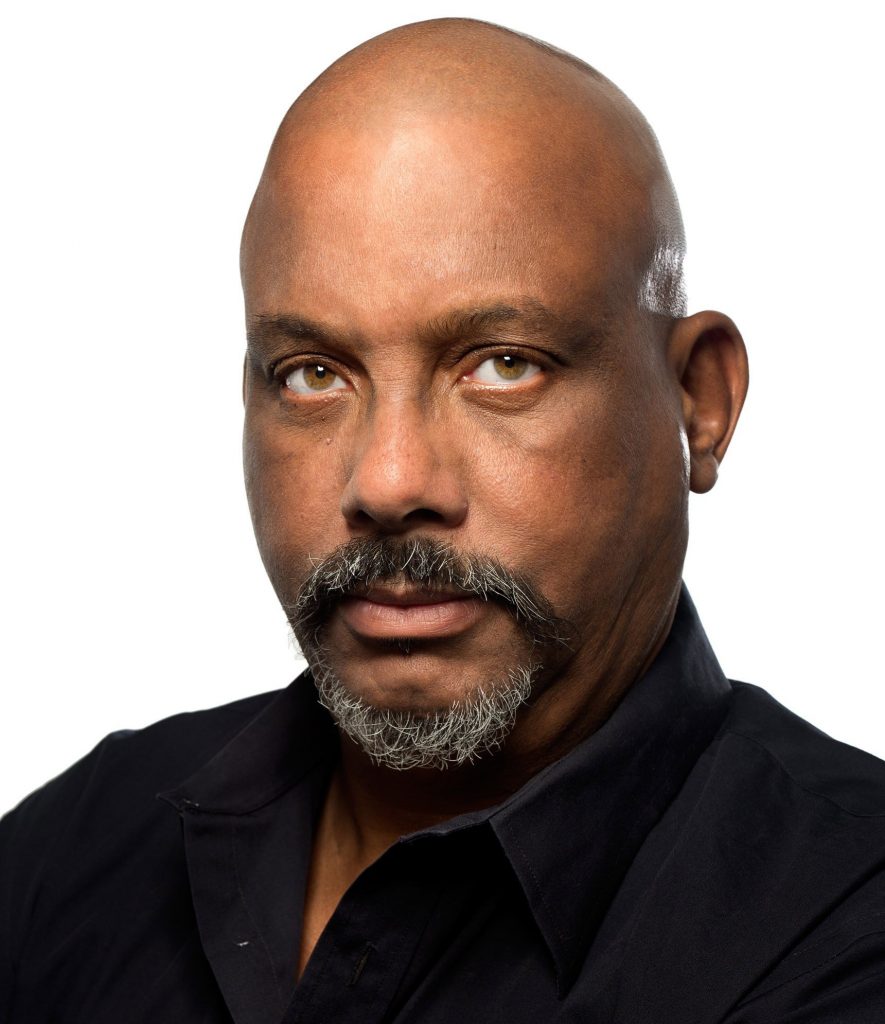Education goes Massive

BitDepth#1260
MASSIVE OPEN Online Courses (MOOCs) first became an element in the education mix in 2008, as the advantages of digital scale began to change the education systems.
By 2012, they were becoming a part of the higher education landscape. It's 2020, and the form has moved front and centre as a compelling option to in-person learning.
MOOCs also meet the challenge of filtering an internet's worth of information into structured learning. Connectivist MOOCs are built around the aggregation and collaboration models that drive projects like Wikipedia, gathering information, remixing and reorganising it to meet the requirements of the course content.
More traditional MOOCs more closely emulate in-person courses, aligning prepared content to meet the demands of an existing syllabus with testing to certify understanding.
Simon Fraser, a lecturer in information systems and security at UWI, has done two and a half MOOCs.
The first was an edX course (MIT) on computational thinking. The second was from Coursera (Stanford University) on the history of the internet and the third was from a university in Singapore that he didn't complete, four years ago.
"I did the first one almost as a research project," Fraser said. "The MIT course was the toughest course I've ever done in my life. I used some of what I learned there” – the way the course was presented – “and brought it into my own course here at UWI."
When Fraser lost most of his teaching assistants, he turned to a peer-review model he'd experienced in MOOCs, enabled by the learning management system (LMS) Moodle to grade a class that runs to 300 students.
Since then, his eldest daughter, home for a year, has taken Harvard's CS50 course, a well-regarded and rigorous introduction to computer science that's become a technical benchmark for creating a MOOC. His younger daughter was preparing an art portfolio to go to animation school and realised that some of what was required hadn't been taught in the local curriculum, so he signed her up on Udacity.
"We don't have some of the courses available on MOOCs. They offer an opportunity for deeper learning in very specific and niche areas."
At both ends of the education experience, Fraser finds value in the teaching model.
"It's a great way to do a course to see if your choice in education is really right for you and when you cross the stage and get that piece of paper that is not the end. Lifelong learning is the name of the game, but you can't keep going back to university to keep learning the things you need to know."
MOOCs have evolved from their idealistic beginnings to become a business proposition. Udacity was founded in 2011 specifically to create MOOCs for an online education business.
Can these concepts be turned to national advantage in TT?
Fraser believes that the earlier into the education system we go, the more difficult it becomes to craft effective MOOC courses.
"A lot of the technique you use to put together a MOOC can be used quite effectively in secondary school. Topics are broken up into small pieces, a video lecture, a quiz, then you move on. Discussion forums bring students and teachers together to discuss the course material.
"Many LMS systems such as Google Classrooms and Moodle have modules that allow the techniques of a MOOC to be developed, but the pedagogy has to be sound to move the learning experience beyond the technology.
"The course leader has to project a sense of presence. We are social beings, and there has to be a social element to the teaching."
Mark Lyndersay is the editor of technewstt.com. An expanded version of this column can be found there


Comments
"Education goes Massive"